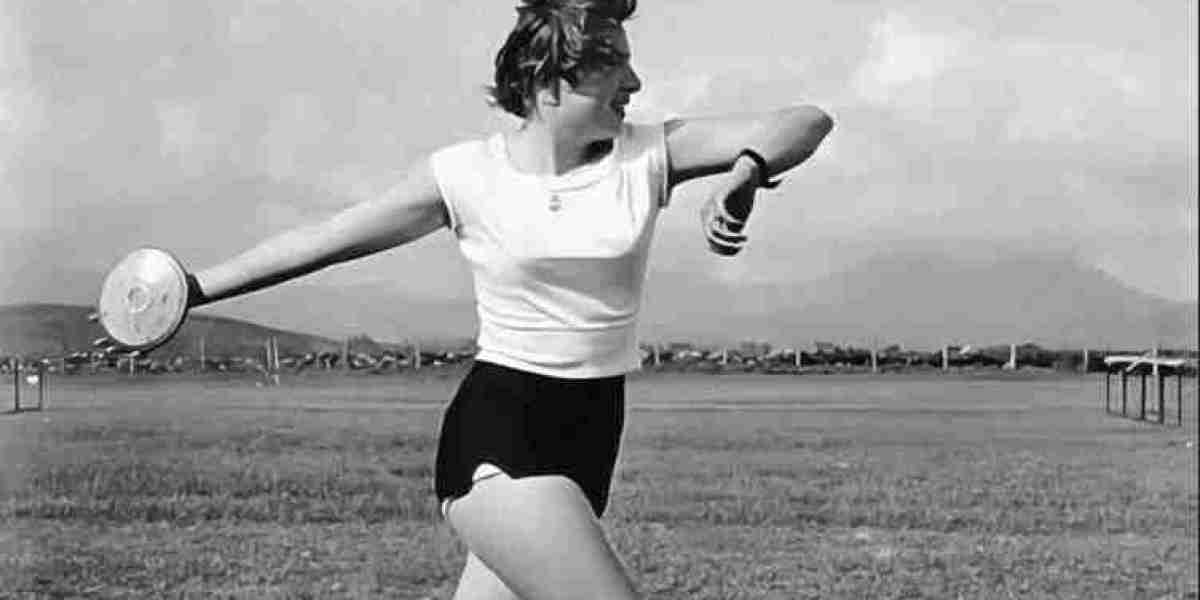Introduction:- This fast-paced and exhilarating game combines the best elements of its parent sports to create a unique and captivating experience for players and spectators alike. In this article, we'll delve into the origins of throwball, its rules, gameplay, and the growing global community that has embraced this dynamic sport.
Origins of Throwball:
Throwball's roots can be traced back to the late 19th century, with its earliest form emerging in England. The game gradually evolved and spread to other parts of the world, gaining popularity in schools and local communities. It wasn't until the mid-20th century that throwball took a more organized form, particularly in India, where it has become a major sporting phenomenon.
Rules and Gameplay:
Throwball is played on a rectangular court divided into two halves by a net. Each team consists of seven players, and the objective is to score points by throwing the ball over the net and into the opponent's half, where it must touch the ground without being caught. The game incorporates elements of both volleyball and handball, requiring players to use a combination of throwing and catching skills.
The serving team initiates play by throwing the ball over the net, aiming to catch the opposing team off guard. The receiving team must then strategically return the ball within three successive passes, ensuring it crosses the net and lands in the opponent's court. A point is scored when the ball touches the ground in the opponent's half, and the serving team rotates positions.
Throwball places a premium on teamwork, agility, and precision. Players must communicate effectively, strategize their moves, and execute well-timed throws to outmaneuver their opponents. The game is known for its fast-paced nature, with rapid exchanges keeping players on their toes and spectators on the edge of their seats.
Global Spread and Popularity:
While throwball has its strongest foothold in Asia, particularly in India, the sport has been making inroads in other parts of the world. International throwball tournaments have gained attention, attracting teams from diverse regions and contributing to the sport's global recognition. The dynamic and accessible nature of throwball has helped it transcend cultural and geographical boundaries, making it an attractive option for sports enthusiasts worldwide.
In recent years, throwball has found its way into school curricula and community sports programs, fostering a new generation of players. Its appeal lies not only in the physical aspects of the game but also in the sense of camaraderie and teamwork it promotes. The inclusive nature of throwball makes it accessible to players of all ages and skill levels, contributing to its widespread acceptance.
Throwball in India:
India has emerged as a powerhouse in throwball, hosting national championships and producing top-tier players. The sport has gained immense popularity at the grassroots level, with schools and colleges actively promoting throwball as a viable and exciting sporting option. The country has also seen the formation of professional throwball leagues, providing a platform for elite players to showcase their skills and compete at the highest level.
The Indian Throwball Federation (ITF) has played a crucial role in the development and promotion of throwball. The ITF has been instrumental in organizing national and international tournaments, fostering a competitive environment that has propelled Indian throwball onto the global stage. The success of Indian throwball teams in international competitions has further fueled the sport's growth and popularity within the country.
Challenges and Opportunities:
While throwball continues to gain traction globally, it faces certain challenges that could impact its long-term growth. One of the key hurdles is the need for increased visibility and promotion on the international stage. Collaborations with global sports organizations, marketing initiatives, and media coverage can help elevate throwball to a wider audience, attracting new players and enthusiasts.
Additionally, the development of standardized coaching programs and infrastructure is essential to nurture talent and ensure the sustainability of throwball as a competitive sport. Investments in training facilities, grassroots programs, and sports education can contribute to a thriving throwball community on a global scale.
Conclusion:
Throwball's unique blend of volleyball and handball has created a sport that is both thrilling and accessible. With its roots in England and strongholds in countries like India, throwball is poised for global recognition. The dynamic gameplay, emphasis on teamwork, and inclusive nature make it an attractive option for players of all ages and backgrounds.
As throwball continues to evolve and find its place in the international sports landscape, the challenges it faces provide opportunities for growth and development. With concerted efforts from sports organizations, governments, and enthusiasts, throwball has the potential to captivate audiences worldwide and become a staple in the diverse tapestry of global sports.







